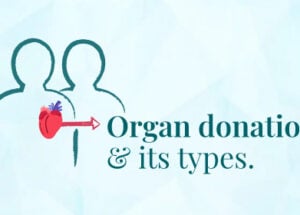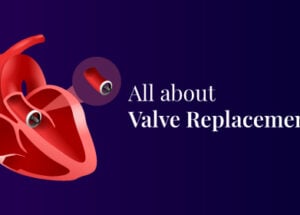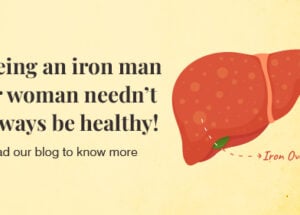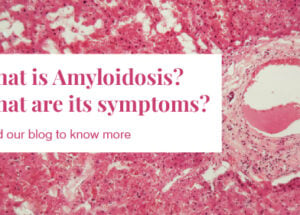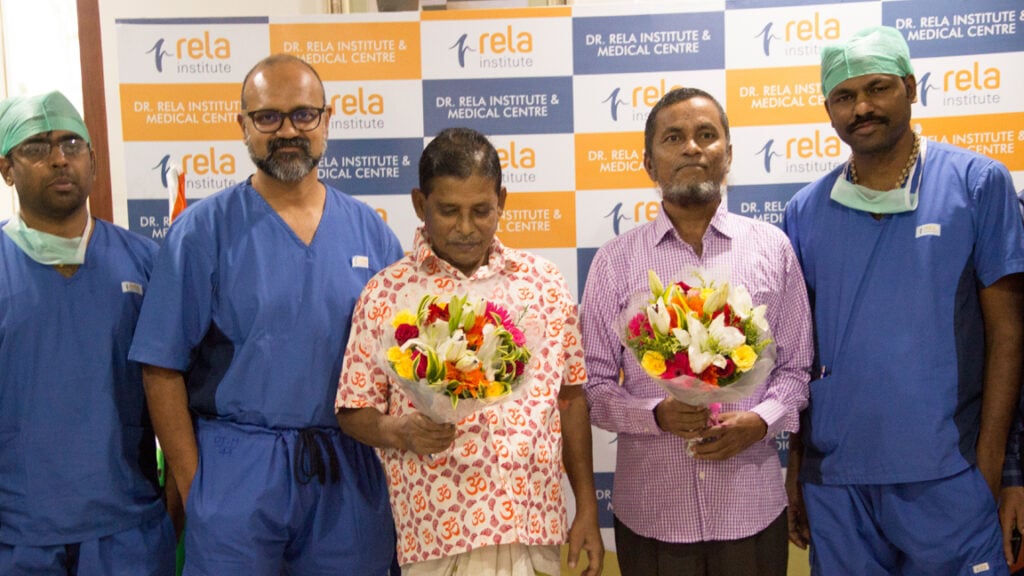Invasive Paediatric Procedures
ASD/VSD/PDA/Collateral Device Closures
Atrial Septal Defect (ASD), Ventricular Septal Defect (VSD) and Patent Ductus Arteriosus (PDS) are congenital birth defects diagnosed in children but can also be detected at a later stage, even in grown-ups. Under these conditions, the blood flows from the left side of the heart to the right, exerting an excess workload on the heart.
Advanced closure methods with the help of catheters, also known as device closures, help in treating these life-threatening ailments without open-heart surgery. In this technique, a catheter gets inserted via the groin and is then guided to the heart. After reaching the defect, an umbrella-like device gets placed on the defect. This device not only corrects the blood flow but also closes the defect over a period of time.
Coil Closure Of PDA/Mapcas
Patent Ductus Arteriosus or PDA is a medical condition in which ductus arteriosus or ductus botalli, a blood vessel connecting the pulmonary artery to the proximal descending aorta in the developing foetus fails to close after birth. As a result, a portion of oxygenated blood from the left heart flows back to the lungs causing pulmonary hypertension, right-sided heart failure, loss of weight, heavy breathing etc in the child.
Major Aortopulmonary Collateral Occlusion is an ailment in which the bronchial arteries that supply blood to the lungs are underdeveloped. These arteries can eventually become stenotic and narrowed if not attended to immediately, and can eventually lead to congestive heart failure.
Coil closure of PDA/MAPCAs is done to close the opening between the aorta and pulmonary artery in a child. During the procedure, a catheter will be inserted through the groin, neck or arm under general anaesthesia. An expert paediatric cardiac surgeon would then use 1 or more coils to close the Patent Ductus Arteriosus or (PDA). The catheter is removed after completing the procedure.
In the case of MAPCAs, a similar procedure is followed but it is aimed at grouping the collateral arteries and converging the supply of deoxygenated blood from the right side of the heart.
Balloon Pulmonary/ Aortic Valvuloplasty:
Balloon Pulmonary or Aortic Valvuloplasty is a technique to cure congenital pulmonary stenosis in which the pulmonary valve fails to open completely. As a result, the child’s heart would suffer from an overworked heart and severe symptoms like chest pain, shortness of breath, fatigue and fainting.
Balloon Pulmonary Valvuloplasty is a procedure in which the expert inserts a catheter through the groin, to access the pulmonary valve, after which a balloon at the tip of the wire or catheter gets inflated stretching the valve and helping it to open. It facilitates the blood flow to the pulmonary artery without any obstruction.
LPA/PDA/Coarctation of Aorta: Balloon Dilation and Stenting:
Patent Ductus Arteriosus or PDA is a medical condition in which ductus arteriosus or ductus botalli, a blood vessel connecting the pulmonary artery to the proximal descending aorta in the developing foetus fails to close after birth.
Coarctation of the Aorta is the narrowing of the aorta. Both these conditions are usually present at birth.
The treatment usually involves balloon angioplasty, often coupled with stenting, for treating the narrowing down of the aorta. During the procedure, the surgeon would insert a thin catheter through the groin of the child and a balloon at the tip of the catheter opens the narrowed aorta. Once inflated, the aorta is widened, facilitating optimal blood flow.
In some cases, the doctors may introduce a metal mesh or a stent into the aorta to prevent it from narrowing again. The same procedure is followed in the case of Patent Ductus Arteriosus too but the opening will be closed with the help of a catheter.



